How to size u-traps to AS/NZS3666.1
Why is u-trap important and how to size an u-trap for air handling unit (AHU) or fan coil units (FCU)? Without the slightest doubt in my mind that the u-trap is among the misunderstood component of the heating ventilation air conditioning system (HVAC).
The primary function of the u-trap is to prevent infiltration of air into the unit via the drain line. The video below will help you visualise the extent of the problem if your u-trap is not functioning as intended as demonstrated in the video.
An unprimed U-Trap will allow infiltration of foul air into the unit. And incorrectly sized U-trap will not allow condensate water to continuously discharge.
Let’s take a look at the condensate tray image, does it comply with AS3666.1? What does Clause 2.9.1 of AS3666.1 say about collection of water on the tray?
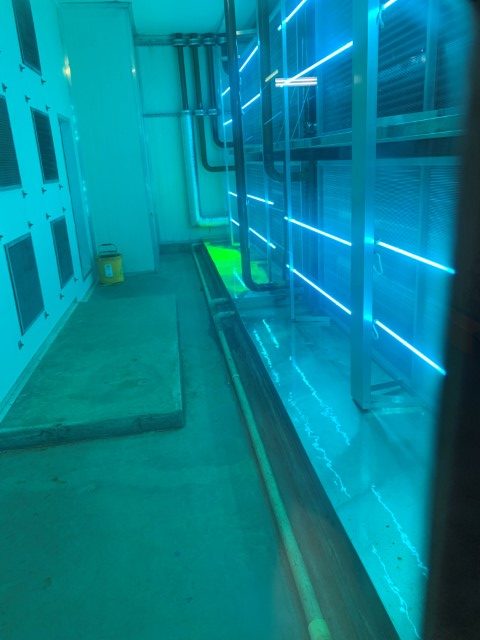
As long as I can remember the Building Code of Australia Part F4.5 stipulated that air conditioning system shall comply with AS/NZS 3666.1, Below is the excerpt from AS/NZS 3666.1:2011 relating to u-trap requirements.
Clause 2.9.1 General
Drain lines shall be continuously graded downwards to prevent the collection of water. The drain lines shall be trapped to seal against airflow. Drain discharges shall be located as close as practicable to the equipment being served.
Plant rooms that are air-plenums shall be weather-tight or graded and drained to outside the plenum to discharge, via an effective air break, to a tundish drain connected to the building drain.
NOTES:
Water-seal traps of transparent material enable easy inspection of the seal and assist in the detection of visible contaminants. The depth of the water seal should exceed the static pressure differential of the air-handling plant by at least 1.5 times the static pressure differential.
Any drain not in continuous use should be either connected to a source of regular discharge or connected to a secondary trap that is combined with a drain having a regular discharge.
Attention is drawn to the requirements of the relevant authority for water supply and drainage.
2.9.2 Discharge
Condensate drain outlets shall discharge outside the air-handling plant via an effective air-break in accordance with AS/NZS 3500.2 to a tundish drain to enable the flow of condensate to be assessed during the inspection. The drainage system shall be trapped and provided with inspection ports for cleaning and checking of the condensate flow.
See typical recommendation below for units less than 65mm external static pressure.
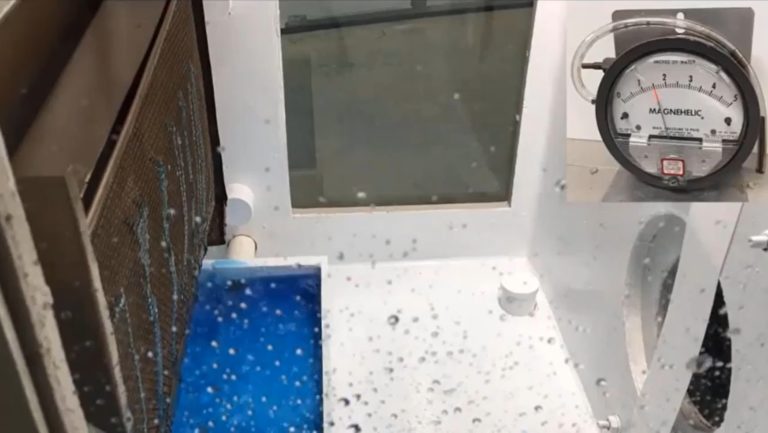
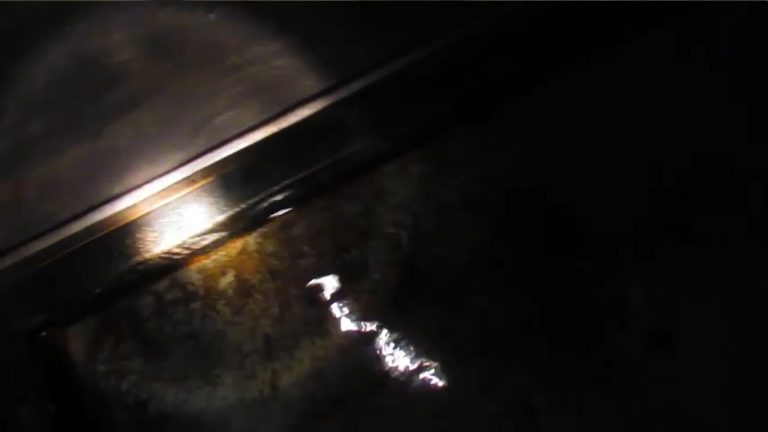
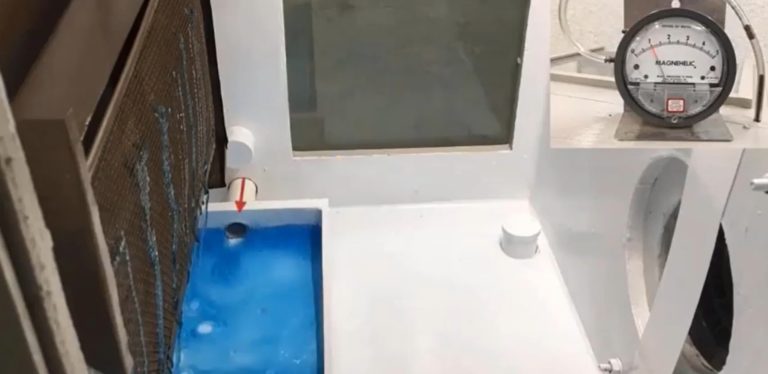




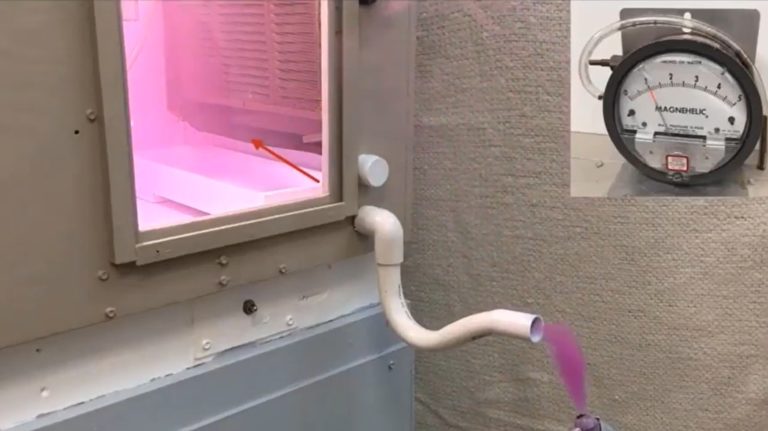

So why are p-traps still missing in many installations or incorrectly installed? There is no IFs, no BUTs and no EXCUSEs for not installing your u-trap correctly … maybe there is one excuse, the u-trap reference in the image in AS3666.1 is for draw thru units, but the principle remained the same for blow through units.
Let’s take a little closer the two different variations of u-traps for draw-through and blow through units.
Draw through units u-traps
When the unit stops, the water level in the u-trap will be as shown;

In the case of a draw through the unit which has negative internal static pressure, when the unit starts and its internal static is more than 100mm, condensate drain water will not flow as below;

A correctly installed u-trap will drain as below
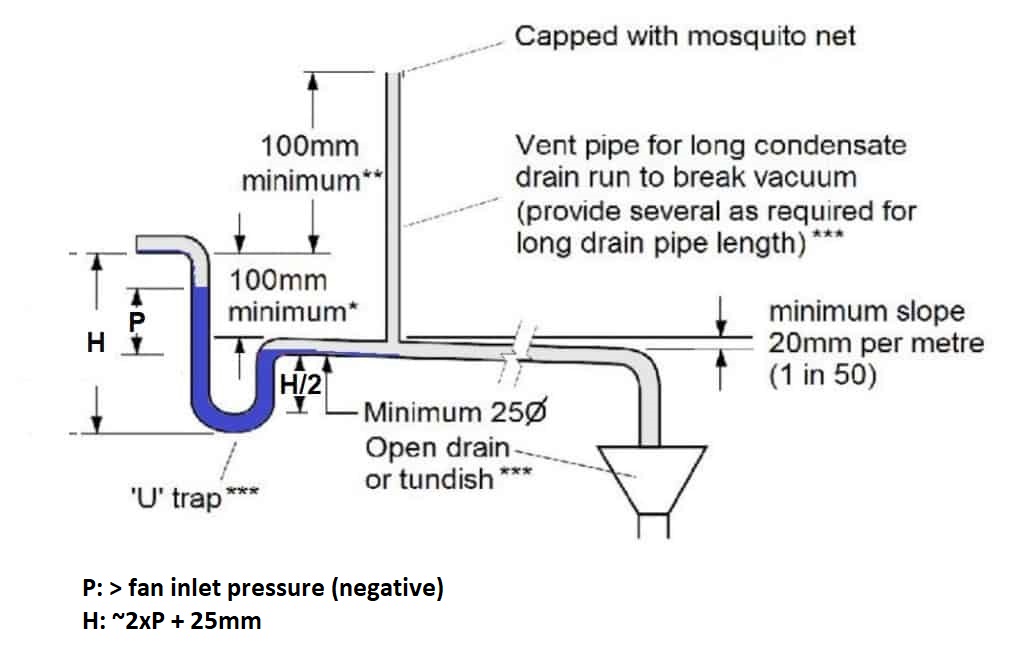
Note: No harm if it is 2xP + more than 25mm
Blow through units u-traps
In the case of a blow through the unit, the figure below show the water column level when it operates.

Problems associated with u-traps
Without the drain trap or properly installed in draw through units, it would only allow little or no condensate drainage.
When the u-trap outlet is too low, high air infiltration via the drain line into the unit will cause carry over of water into the fan and worst damaging the internal insulation
When water column height in the u-trap is less than the draw through unit negative pressure, condensate will not drain.
The most common problem with u-traps in Australia is during seasonal change over from cooling to heating, U-traps liquid seal just get evaporated and operating dry.
Read more: Fan wall

